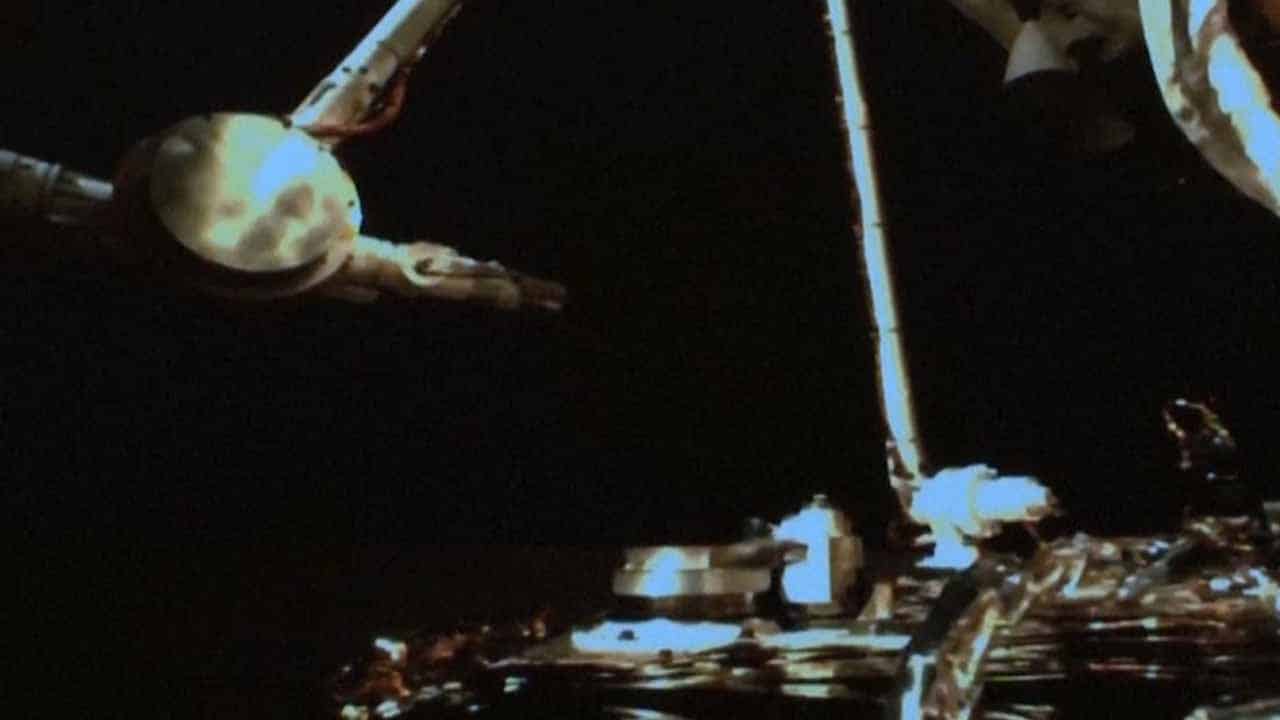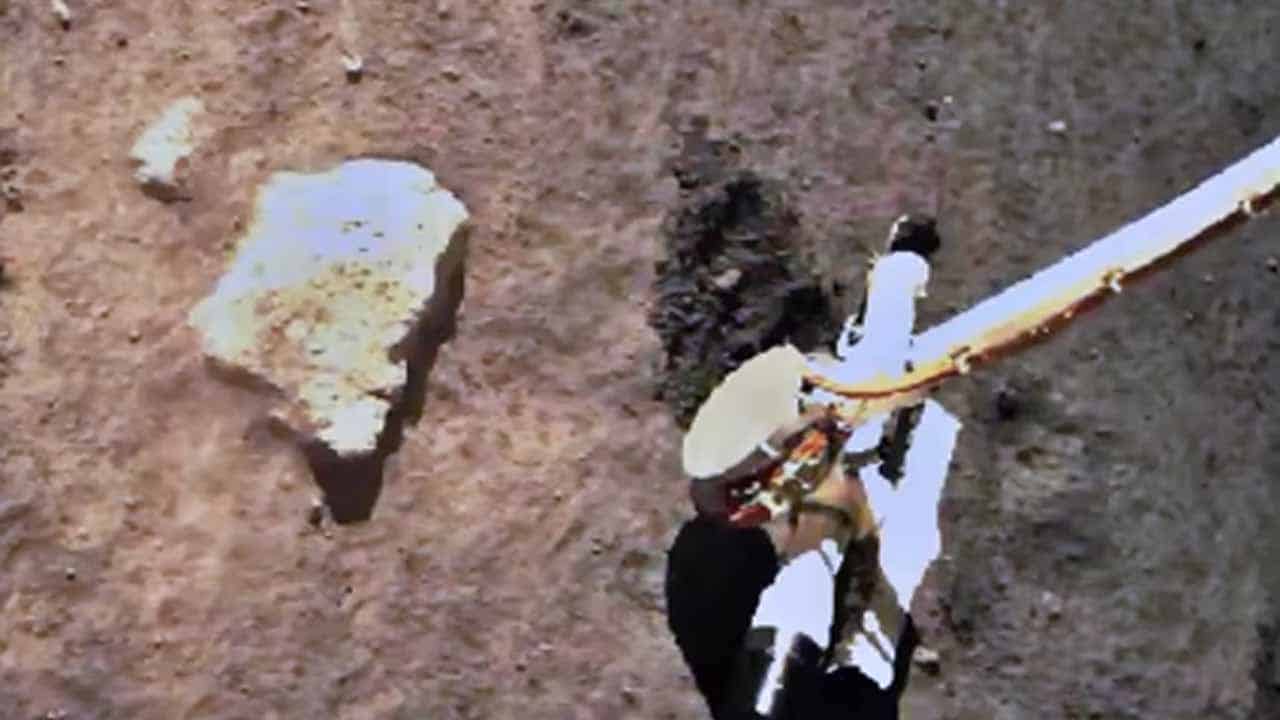The Chang’e 5 mission was a remarkable achievement for China, managing to land on the moon and collect samples from there.
This was made possible through the on-site analysis of the moon’s surface as well as the retrieval of materials back to Earth. This is a significant step forward in the exploration of our solar system.
The presence of water on the surface of the moon has been revealed through a spectral scan of the surface and analysis of samples in laboratories on Earth.
This is the first time that data from in-situ lunar surface surveys and laboratory analysis of lunar return samples have been used together to examine the presence, form and amount of water in lunar samples.
Chang’e 5’s robotic arm collected samples of the moon at Mons Rumker in the Ocean of Storms on Dec. 1, 2020.

The results show that the rocks and soil of the moon’s surface, on average, contain about 30 hydroxyl parts per million. Hydroxyl, with one oxygen atom and one hydrogen atom, is the main ingredient of water.
After assessing the water source, the team found that it was mainly indigenous to the moon and contained in a crystalline mineral called apatite. They also discovered that less hydroxyl than expected appears to have come from the solar wind. The solar wind is a constant stream of charged particles flowing off the sun and across the solar system. It barrages the moon and implants particles on its surface.
“The results provide a detailed picture of the distribution and origins of water in the Chang’e 5 landing zone, and will help us to better interpret and estimate water signals in remote sensing survey data,” said Li.
The results were published in Nature Communications on Tuesday (June 14).
Li said future Chang’e missions will also focus on water to build a bigger picture of lunar water, and particularly on potential water-ice at the lunar south pole with Chang’e 7.





